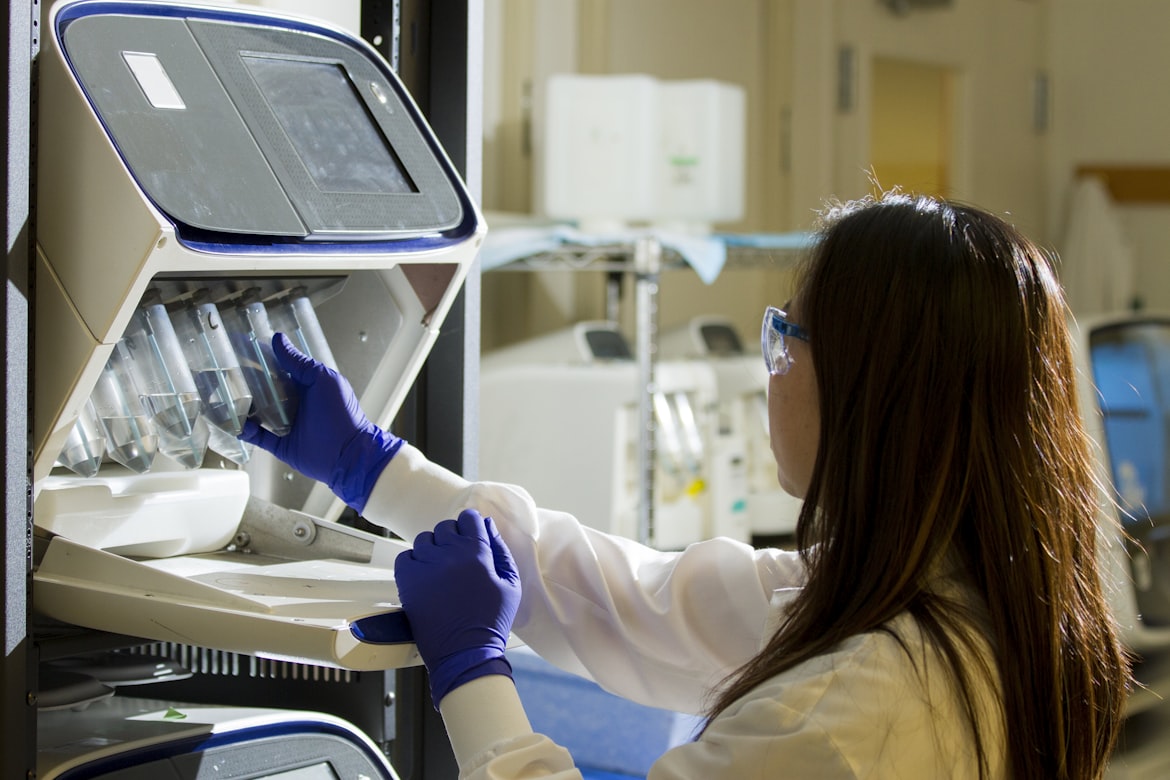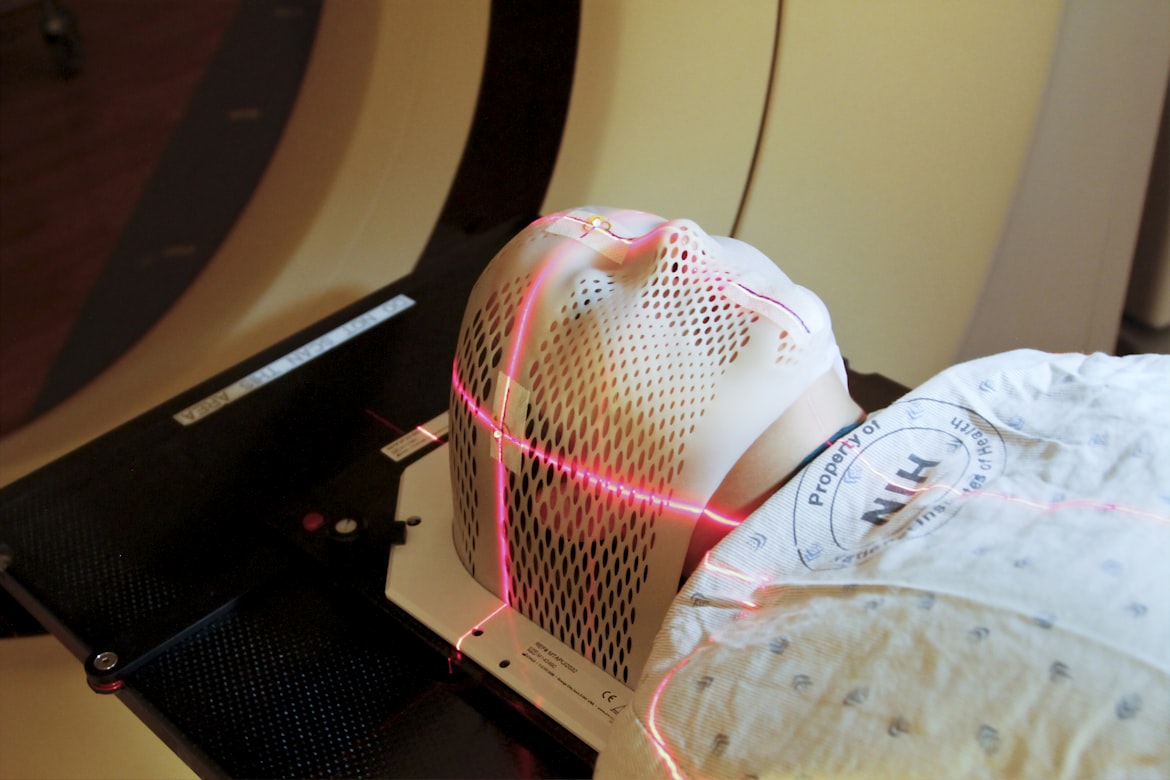Short Explainer Video
Introduction
The place in the body where cancer starts is called the primary tumour. Sometimes, at certain stages of cancer, cells might break away from the primary tumour and travel to other parts of the body via the bloodstream or the lymphatic system.
When the breakaway cancer cells settle, they might form a new tumour. This is called a metastasis or secondary cancer, but despite being in a different location, the cells are still identical to those of the primary tumour.
For example, bladder cancer that has spread to the bone is secondary bladder cancer, not secondary bone cancer. However, its symptoms would be like those of bone cancer, and it would be treated as such.
An exception to this nomenclature is secondary lung cancer, which is referred to as lung cancer if it has spread to the lungs from a primary tumour.
The image illustrates the process of cells leaving the primary tumour. This image was taken from the MacMillan Cancer Support website.
Signs and symptoms of Secondary Cancer
The signs and symptoms of secondary cancer depend largely on the type of primary tumour and the site of new cancer, and often there are no discernible symptoms at all.
Symptoms that are noticeable will strongly resemble the signs and symptoms of primary cancer at that site. In general, warning signs of cancer include:
- Unexplained bleeding
- Unexplained lumps or swelling
- Unexplained pain that lasts for 3 weeks or more
- Extreme tiredness over a significant period of time
- Night sweats
These symptoms are commonly specific to the site of secondary cancer.
Symptoms for the throat and digestive tract
Symptoms that affect your throat and digestive tract include:
- Trouble swallowing
- Weight loss
- Indigestion and heartburn
- Bloating
- A change in bowel habit
- Bloody stools
Symptoms of respiratory tract
Symptoms affecting your respiratory tract might include:
- An ongoing cough
- Pleural effusion (water in the lungs)
- Coughing blood
- Breathlessness
- A hoarse voice
Symptoms of the brain
Secondary cancer in the brain, for example, metastatic breast cancer, might produce the following signs and symptoms:
- Headaches caused by increased pressure in the brain (often in the morning).
- Nausea
- Weakness or numbness in an arm or leg
- Dizziness
- Loss of balance
- Changes in mood or personality
- Seizures (fits)
Other symptoms
Urinary tract symptoms might include trouble peeing.
Skin-related symptoms include changes to the size, shape or colour of a mole and/or a sore that won’t heal. A bone metastasis might cause bone pain or fractures.
Tests for Secondary Cancer

The tests done for secondary cancer would usually be the same as those done if it was a primary tumour, and also depending upon the sites under investigation. Typically, they would look at the most likely sites of spread (metastasis) for a given primary tumour type.
There are several different definitive tests you might undergo for diagnosis. For example, secondary breast cancer often spreads to a large number of sites including the lymph nodes, liver, lung, and brain. The tests include:
- Blood tests
- These cannot diagnose secondary cancer, but they may show that you need further tests.
- Tests might check how well the liver, kidneys, or bone marrow are working or check the level of calcium in your blood.
- Complete blood counts (CBC) show the presence of abnormal blood cells or a high number of white blood cells in cancer.
- Blood tests can also measure tumour markers for secondary breast cancer. - Bone x-ray
- If you have painful areas in the bones you may have this test. - Bone scan
- A bone scan can check the results of a bone x-ray. - Chest x-ray
- This will look for secondary breast cancer in the lungs, and also key signs like pleural effusion (fluid around the lungs). - Liver ultrasound
- Likewise, this will examine the liver for secondary cancers. - MRI scan
- Magnetic Resonance Imaging (MRI) scans build up a detailed 3D image of the body using magnetic radiation and can help spot new cancer sites. - CT scan
- A computerised tomography (CT) scan uses a whole series of x-ray images to build up a 3D picture of the body, or part of the body, like the lungs. It is used to detect metastasis in other organs such as the lungs, brain, or lymph nodes. - PET-CT scan
- This scan is a combination of a CT scan and a positron emission tomography (PET) scan, which uses an injected radioactive marker substance to highlight anomalies within the body. - Biopsy
- If a suspected cancer is detected by other tests, the doctor may take a biopsy, a tissue sample, of it in order to carry out further tests to identify the cell types present.
Risk Factors for Secondary Cancer
There are many factors that can affect the risk of secondary cancer:
Lifestyle factors that affect risk:
- Smoking
- Alcohol
- Exercise
- Sun exposure
- Diet
Many of these factors can be reduced in impact by adopting a healthier lifestyle.
Genetic factors that increase risk:
- A family history of cancer, particularly a history of secondary cancers.
- More than 40 genes alter susceptibility to secondary cancer, such as retinoblastoma and phakomatoses, multiple endocrine neoplasias, and DNA repair disorders.
- Drug-metabolising enzyme polymorphisms, including cytochrome P450 and glutathione- S-transferase mutations, which alter cancer drug breakdown and affect toxicity.

Primary cancer therapies that increase risk:
- Chemotherapy agents (drugs): The cancers most often linked to chemotherapy are myelodysplastic syndrome (MDS), acute myelogenous leukaemia (AML), and acute lymphocytic leukaemia (ALL). The risk gets higher with higher doses, longer treatment time, and higher dose intensity (more drugs given over a shorter period of time).
Drugs increasing risk through toxicity include:- Alkylating agents like mechlorethamine, chlorambucil, cyclophosphamide, melphalan, lomustine, carmustine, and busulfan.
- Platinum-based drugs (cisplatin, carboplatin)
- Anthracycline topoisomerase II inhibitors (etoposide or VP-16, teniposide, mitoxantrone)
- Targeted anticancer drugs. For example, vemurafenib (Zelboraf) and dabrafenib (Tafinlar) are drugs that target melanoma (skin cancer). People taking these drugs have a higher risk of squamous cell carcinomas of the skin.

- Radiation therapy: Radiation exposure is one risk factor for several kinds of leukaemia, including AML, chronic myelogenous leukaemia (CML), and ALL. There is also an increased risk of solid tumours. The degree of risk depends on:
- Age
- Effective radiation exposure to the bone marrow
- The area treated
- Total radiation dose
- The radiation dose rate (quantity, duration, and frequency of each dose)
Chemotherapy is known to be a greater risk factor than radiation therapy in causing leukaemia.
Summary
Secondary cancer can occur in almost any tissue or organ, depending on the primary tumour type and a wide range of risk factors, including lifestyle and cancer therapy itself. Symptoms may be absent or characteristic of a primary tumour at the new site. The risk of secondary cancer may be reduced by living a healthy lifestyle and reducing alcohol, processed food, fat, sugar, and animal protein consumption and quitting smoking.
References:
- Lymphatic system: parts & common problems [Internet]. Cleveland Clinic. [cited 2022 Jun 2].
- Worried about cancer? Cancer signs and symptoms [Internet]. [cited 2022 Jun 2].
- Symptoms of secondary breast cancer - Macmillan Cancer Support [Internet]. [cited 2022 Jun 2].
- Bone metastasis - Symptoms and causes [Internet]. Mayo Clinic. [cited 2022 Jun 2].
- Breast cancer - metastatic - diagnosis [Internet]. Cancer.Net. 2017 [cited 2022 Jun 2].
- Rheingold SR, Neugut AI, Meadows AT. Secondary cancers: incidence, risk factors, and management. Holland-Frei Cancer Medicine 6th edition [Internet]. 2003 [cited 2022 Jun 2];
- Retinoblastoma (Eye cancer in children) [Internet]. nhs.uk. 2017 [cited 2022 Jun 2].
- Phakomatoses [Internet]. Columbia Neurosurgery in New York City. 2021 [cited 2022 Jun 2].
- Multiple endocrine neoplasia(Men) [Internet]. MD Anderson Cancer Center. [cited 2022 Jun 2].
- Second cancers related to treatment [Internet]. [cited 2022 Jun 2].
- Myelodysplastic syndromes - Symptoms and causes [Internet]. Mayo Clinic. [cited 2022 Jun 2].
- Acute myeloid leukaemia [Internet]. nhs.uk. 2017 [cited 2022 Jun 2].
- Acute lymphocytic leukemia - Symptoms and causes [Internet]. Mayo Clinic. [cited 2022 Jun 2].
- Chronic myelogenous leukemia treatment (PDQ®)–Patient Version - nci [Internet]. 2022 [cited 2022 Jun 2].






